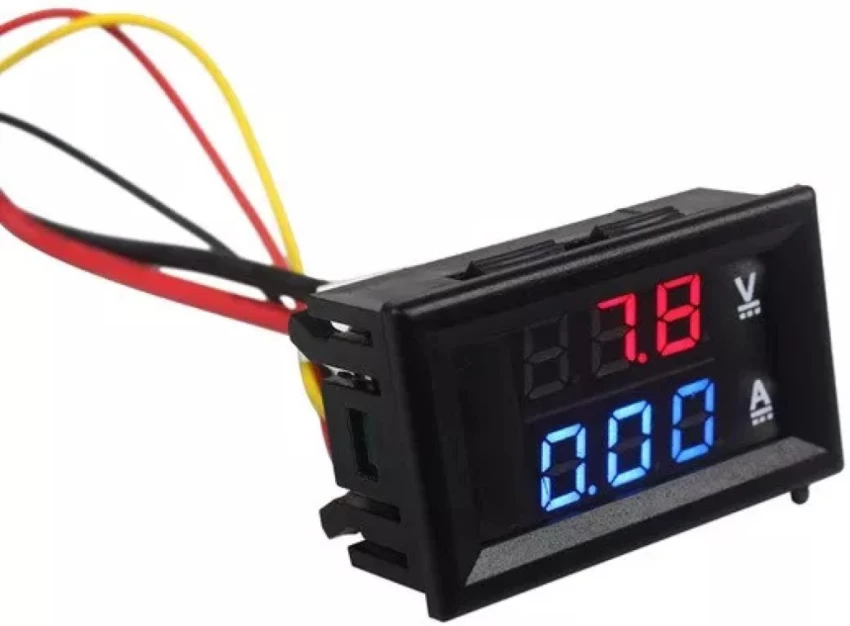Accurate measurements are necessary for electrical system analysis and maintenance of optimal performance.
In order to measure voltage and current correctly, voltmeters and amp meters are essential. Electrical engineers and technicians must comprehend the features and capabilities of these meters.
This article explores the function, workings, varieties, and real-world uses of volt and amp meters. Professionals may successfully diagnose, troubleshoot, and guarantee the effective operation of electrical systems by understanding a volt and amp meter.
Volt Meters
Volt meters are electrical instruments used to measure the voltage, which is the electrical potential difference between two points in a circuit.
They provide valuable information about the magnitude and polarity of voltage, aiding in electrical system analysis and troubleshooting.
Volt meters operate based on the principle of voltage division, where they are connected in parallel to the measured circuit. They use internal resistors to ensure minimal impact on the course and provide an accurate voltage reading.
Volt meters are available in various types. Analog volt meters display voltage readings using a needle and a scale. Digital volt meters (DVMs) provide numeric readings on a digital display, offering increased precision.
Amp Meters
Amp meters are electrical instruments that measure the current flowing through a circuit. They provide valuable information about the current magnitude and direction, enabling precise measurements in electrical systems.
Amp meters are connected in series within the circuit being measured. They have low resistance and allow the current to pass through them, creating a voltage drop proportional to the current.
Amp meters can determine the current flowing through the circuit by measuring this voltage drop.
Amp meters are available in various types. Analog amp meters use a needle and scale to display current readings. Digital amp meters provide numeric readings on a digital display, offering higher accuracy and precision.
Remember, Clamp meters are convenient instruments that can measure current by clamping around a wire without physical contact with the circuit, making them suitable for non-invasive current measurements and troubleshooting tasks.
Proper Usage and Safety Considerations
You must stick to proper handling and connecting methods while using a voltmeters and amp meter to assure accurate readings and avoid electrical risks.
Additionally, this includes making the correct measurement range and mode selections, safely coupling the meter to the circuit, and abiding by safety protocols, including donning personal protective equipment.
They must be regularly calibrated and maintained to keep meters accurate and dependable. Users can reduce the danger of electrical mishaps and ensure the safe and efficient use of volt and amp meters by following these procedures.
In Summary
Volt and amp meters are essential components of electrical systems because they make precise voltage and current measurements possible.
Their capabilities go beyond simple measurement and offer helpful information for analysis, troubleshooting, and maintenance.
Volt meters make it possible to measure voltage, while amp meters make it possible to measure current, both of which help us better understand how electricity behaves.
Professionals can maximize the operation of electrical systems, ensure accurate readings, and prevent electrical risks by using these equipment correctly and taking safety procedures.
Electrical engineers and technicians depend on volt and amp meters to help them negotiate the complexity of electrical systems with accuracy and trust.





